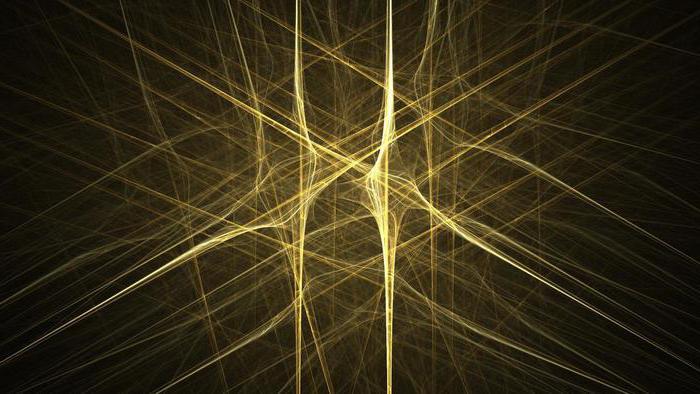Nerve tissue, consisting of neurons and neuroglia, performs a complex of the most complex and crucial functions: weak electrical impulses arise in it, which are then transmitted to the muscles and organs of a person or vertebrate animals. The cells of this tissue have a special structure. It provides both the occurrence of processes of excitation and inhibition, and their implementation. In neurobiology there is such a definition: dendrites are processes of a nerve cell that perceive and transmit information to the body of a neuron. In this paper, we will get acquainted with modern ideas about the mechanisms of transmission of nerve impulses in the main parts of the nervous system: the brain and spinal cord, and also study the structure of dendrite as one of the constituent parts of neurocytes.
To do this, we consider in more detail the structural features of the neuron, which is an elementary unit of nervous tissue.
How the structure of a neurocyte is associated with its functions
Electron microscopic research methods have confirmed the fact of high specialization and the complex structure of an open biological system called a nerve cell. It contains the body (soma), one long branch - the axon and many short processes. Each of them is connected with the cytoplasm of the body of a neuron. This is a dendrite. The structure and appearance of the aggregate of short processes resembles the crown of a tree. Through them, bioelectric potentials from other nerve cells enter the neuron’s body through synapses.
Morphology and types
According to modern histology research, dendrites are branching ends of a neurocyte that not only receive, but also transmit information encoded in the form of electrical impulses through a multichannel system of anatomically and functionally interconnected nerve cells. They contain a large number of protein synthesizing organelles - ribosomes. Some types of short processes, for example in pyramidal neurocytes, are covered with special structures - spines.

According to the classification proposed by the Spanish neurohistologist S. Ramon-i-Cahal, two dendrites can depart from the body of the nerve cell in opposite directions (bipolar neurocytes). If there are a lot of dendrites, then they diverge from the soma radially. Such a structure is characteristic of interneurons. In Purkinje's cerebellar cells, the processes exit the body of the neurocyte in the form of a fan. Each dendrite, the structure of which is three-dimensional, differs from neighboring branches by the magnitude of the electric charges accumulated on it.
What affects the branching of nerve processes
The body of a neuron is a universal transmitting and simultaneously receiving biological object. The volume (primarily of incoming information) is directly proportional to the number of incoming nerve impulses. They are determined by the degree of branching of the dendritic tree. Therefore, dendrites are neurocyte structures that play an integrative function.
Moreover, the processes expand the area of contact of nerve cells with each other. The additional formation of synapses at times increases the efficiency of all departments, both the brain and spinal cord, and the nervous system as a whole.
The structure of the dendrite
Based on the study of microscopic preparations of nerve cells, it was found that most processes have a cylindrical shape. Their diameter averages 0.9 microns. The length of the dendrites varies widely. For example, stellate neurons of the gray matter of the cerebral cortex have short (no more than 200 μm) branches of the dendritic tree, while the processes of the motor neuron entering the anterior horns of the spinal cord are of the order of 2 mm.
Special formations - spines that form on the branches of neurocytes, lead to the appearance of a large number of synapses - slit-like places of contact with the axon, dendrite, or soma of another neuron. Synapses can be located on the body of the dendrite and are called stem or directly on its spines. As we already know, dendrites are branched processes of neurocytes that can take excitement. The transfer of biopotentials occurs in them with the help of molecules of chemical compounds - mediators, for example, GABA or acetylcholine. In the membrane covering the dendrite, ion channels have been detected that selectively pass the cations of calcium, sodium and potassium involved in the passage of nerve impulses through the neuron.
How information enters the nerve cell
In the process of transferring electric charges, which underlies excitation and inhibition, dendrites are involved along with the axon. These are processes of the neuron that form synapses with the branches of the dendritic tree of other neurocytes. It has been experimentally established that dendrites are outgrowths of the cytoplasm of a cell covered by a membrane. Weak weak electrical impulses arise in it - action potentials.
Thanks to the system of short processes, one nerve cell perceives and transmits several thousand of such impulses generated by synapses. This is not the only function of dendrites. They also process and combine the information entering the neurons, which ensures regulation and control by the nervous system over all organs and tissues of the human body.